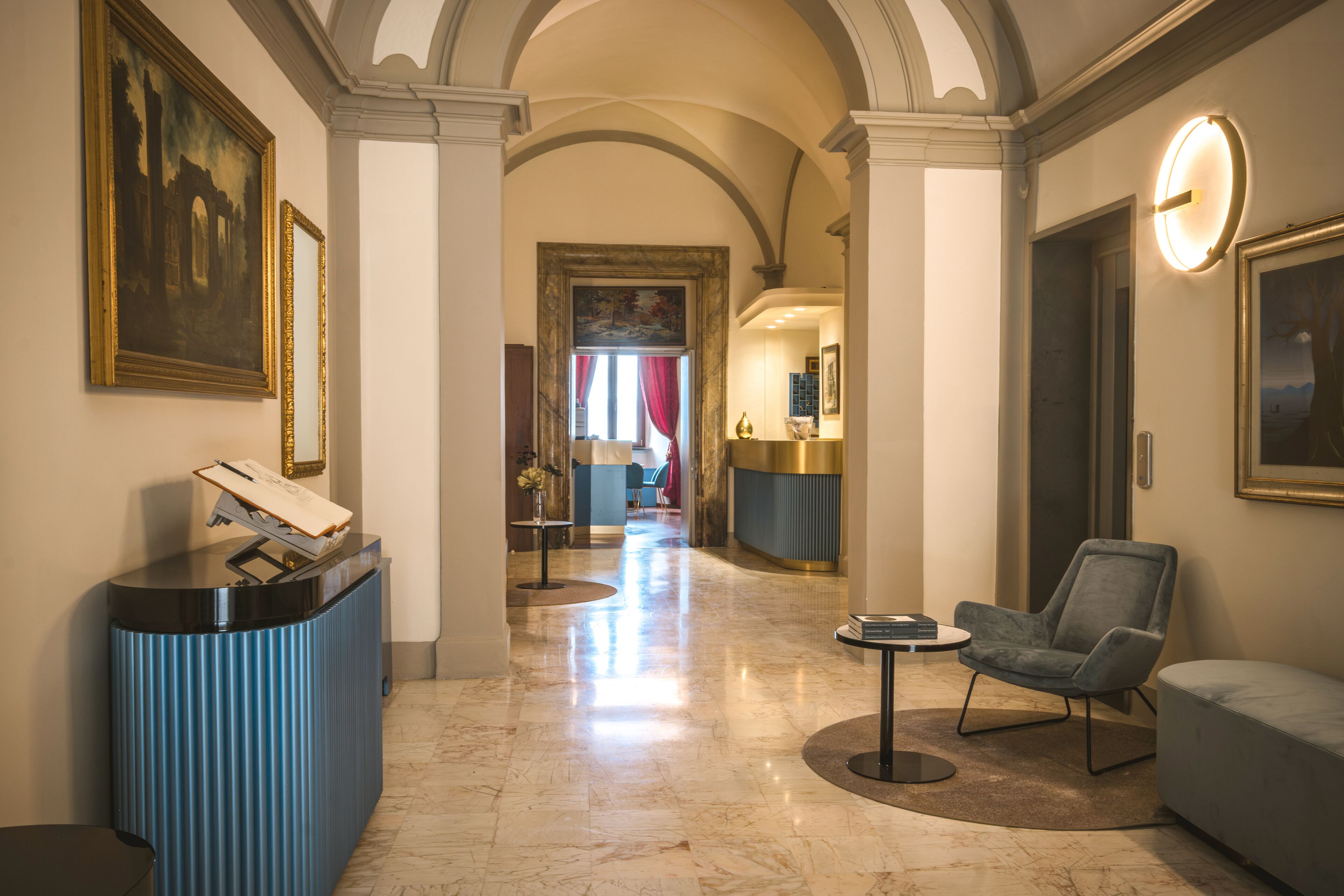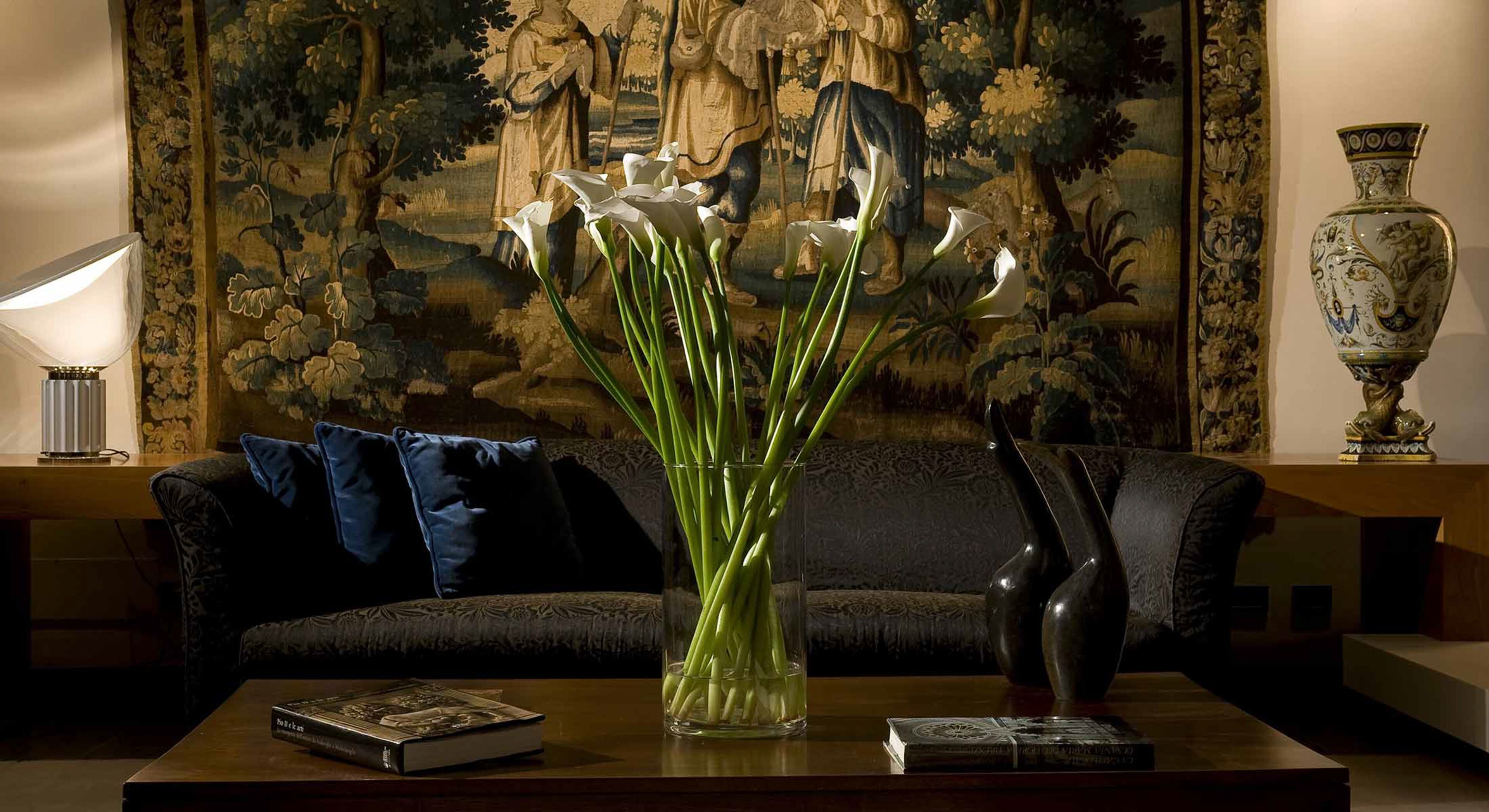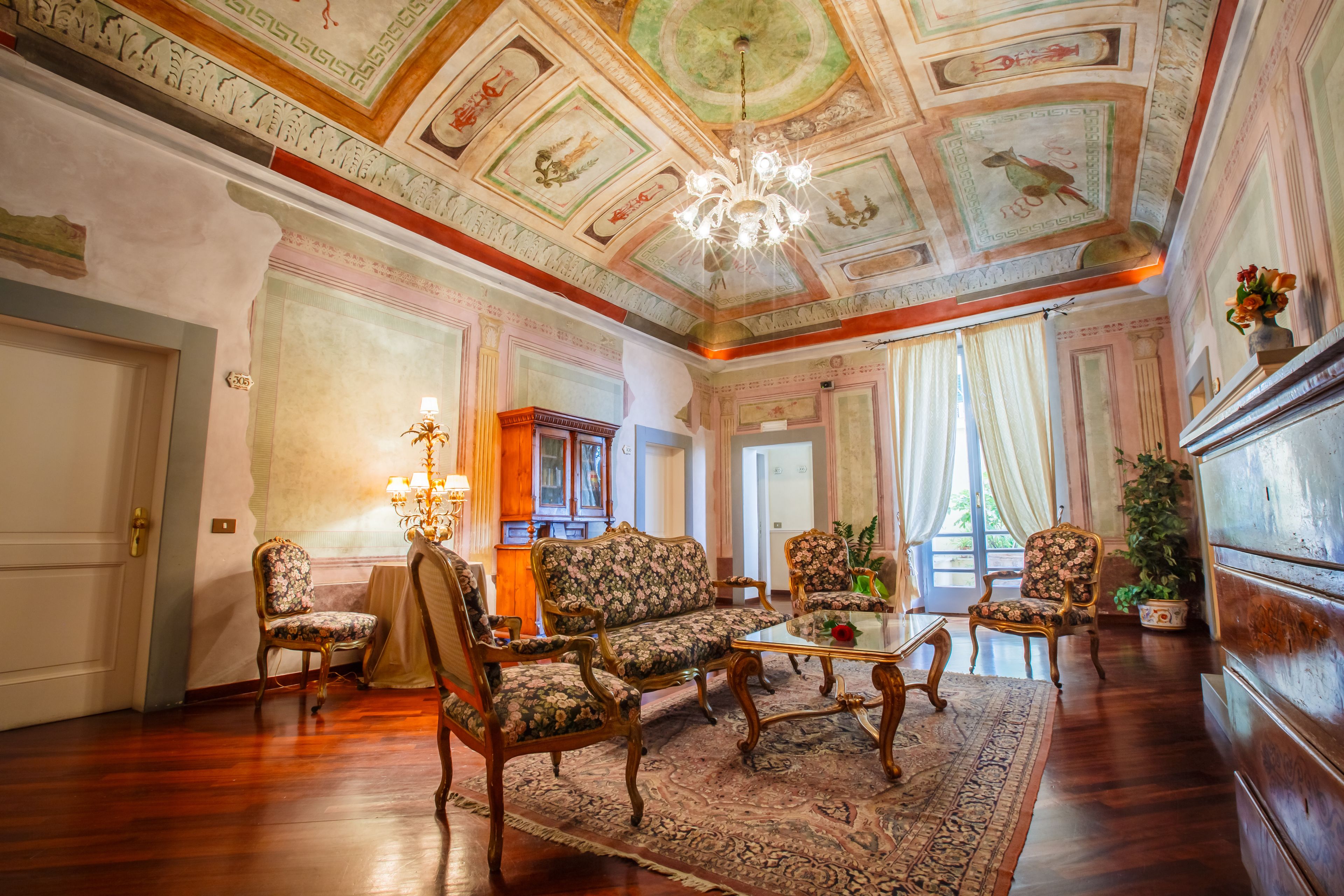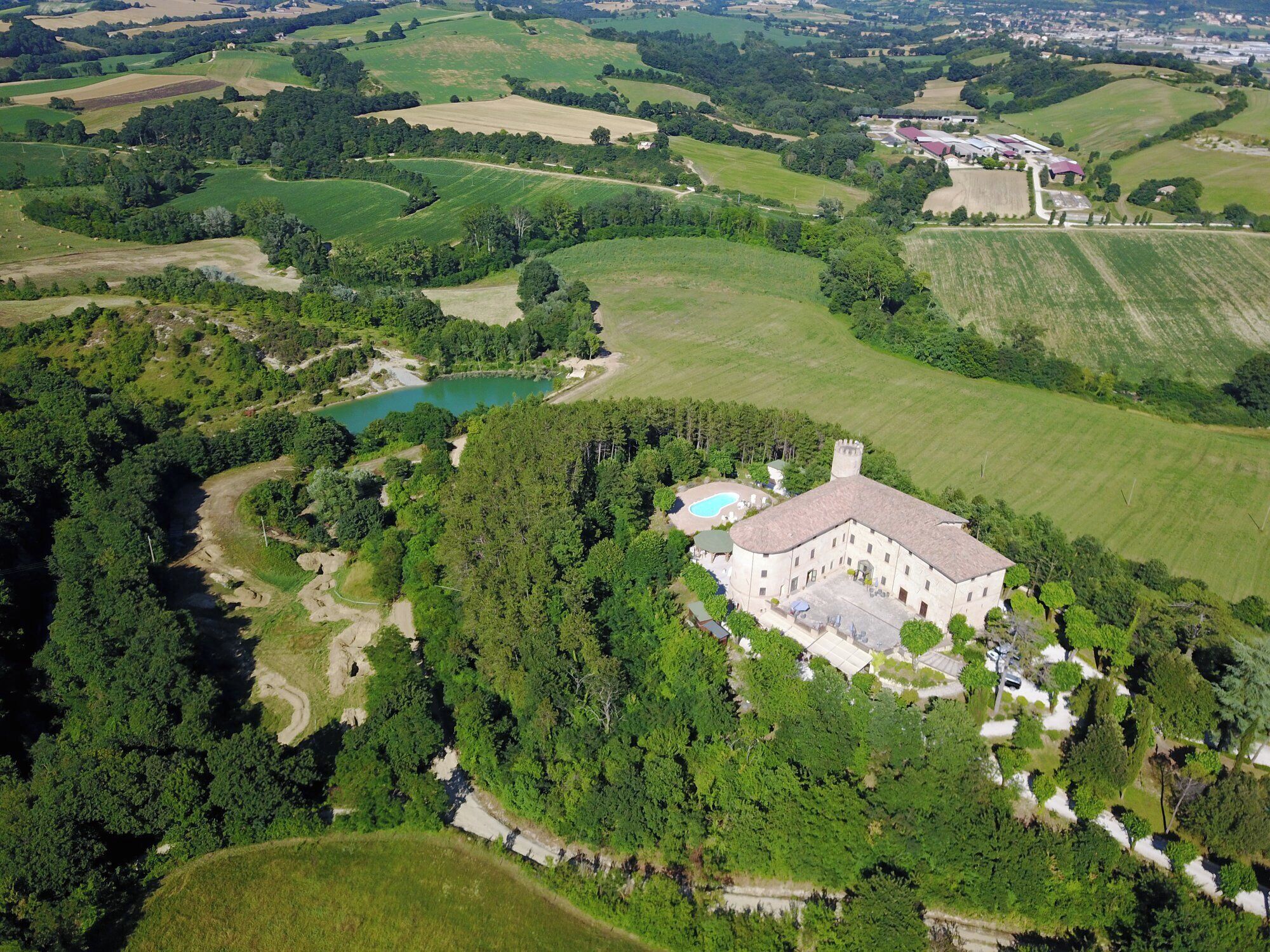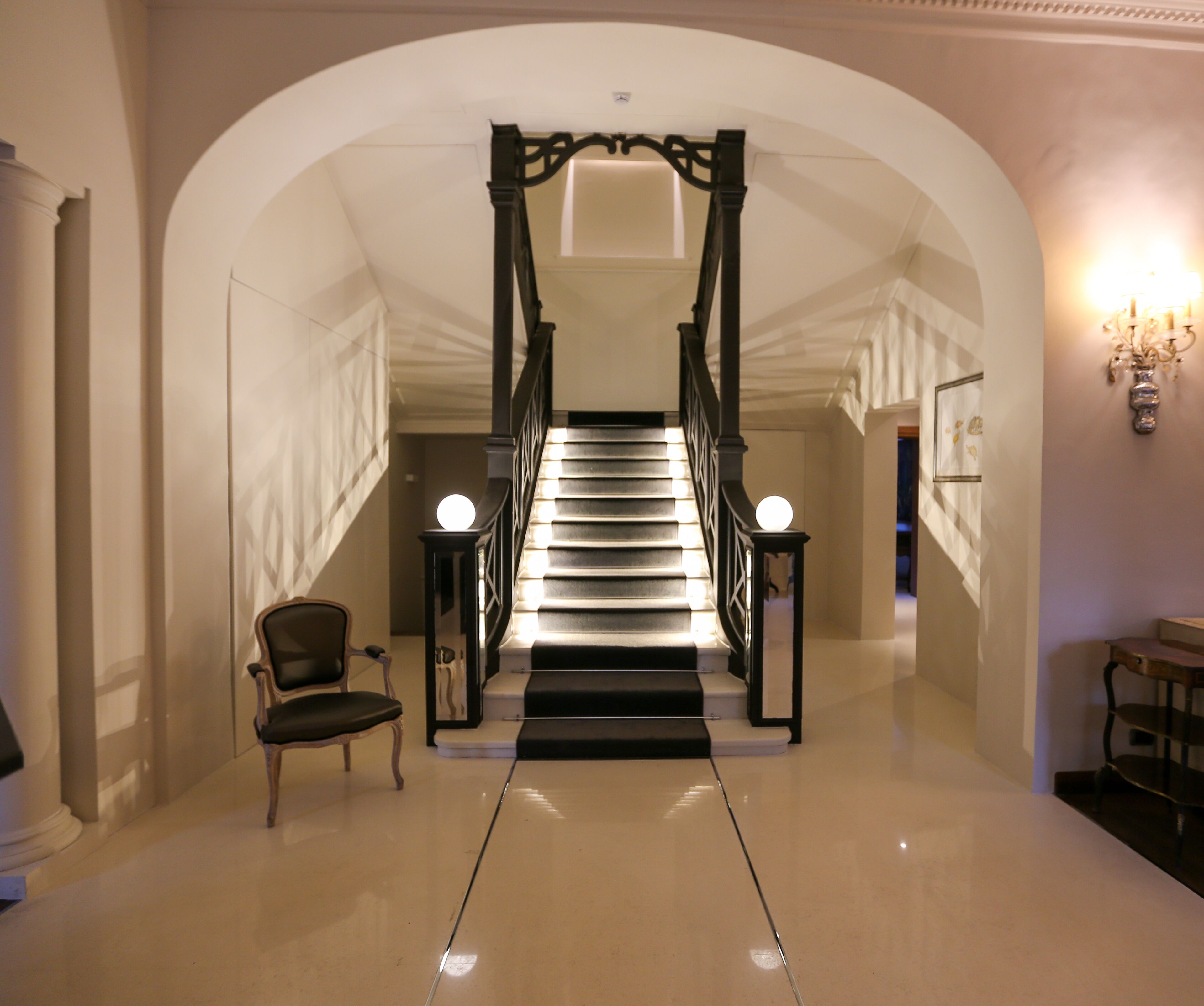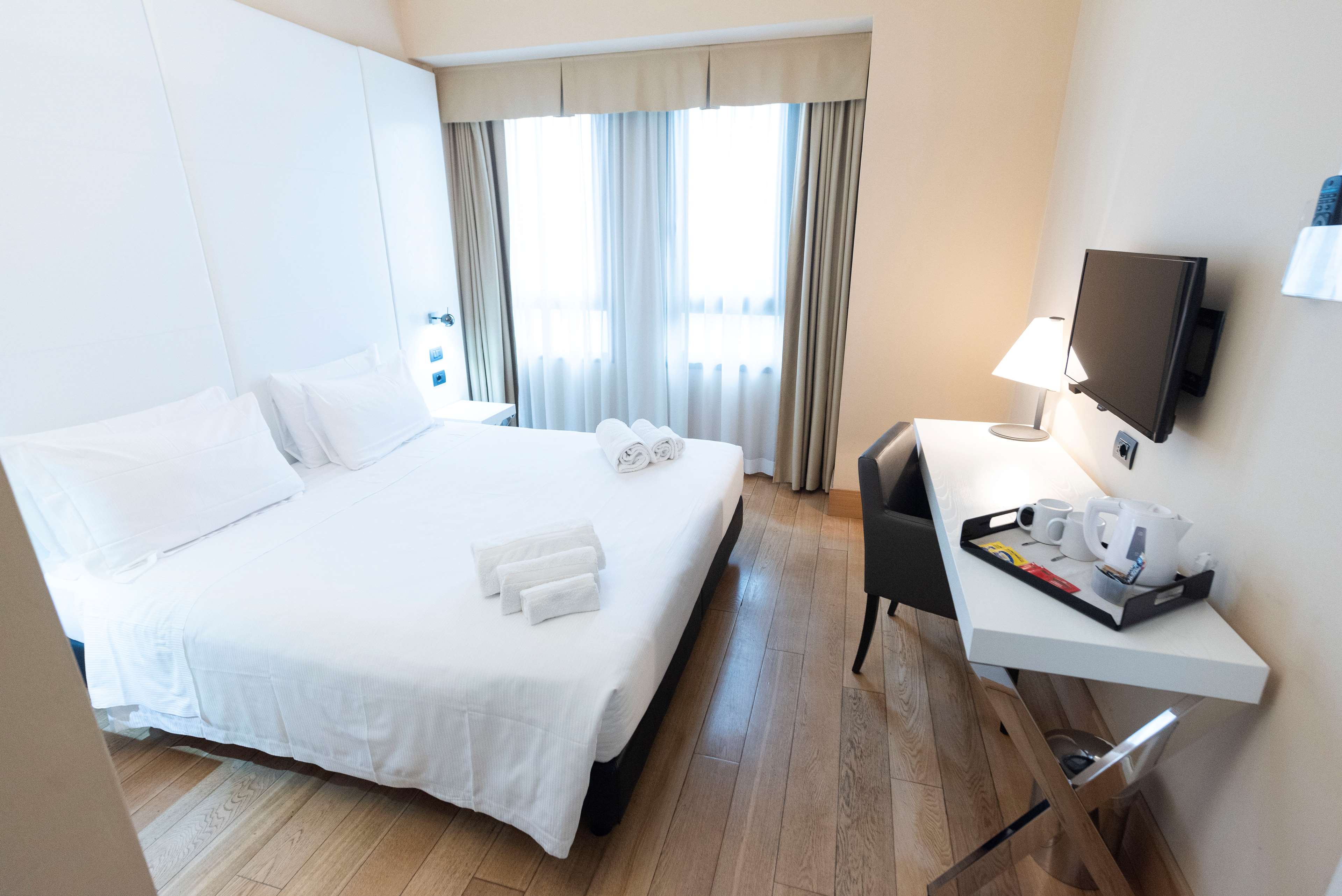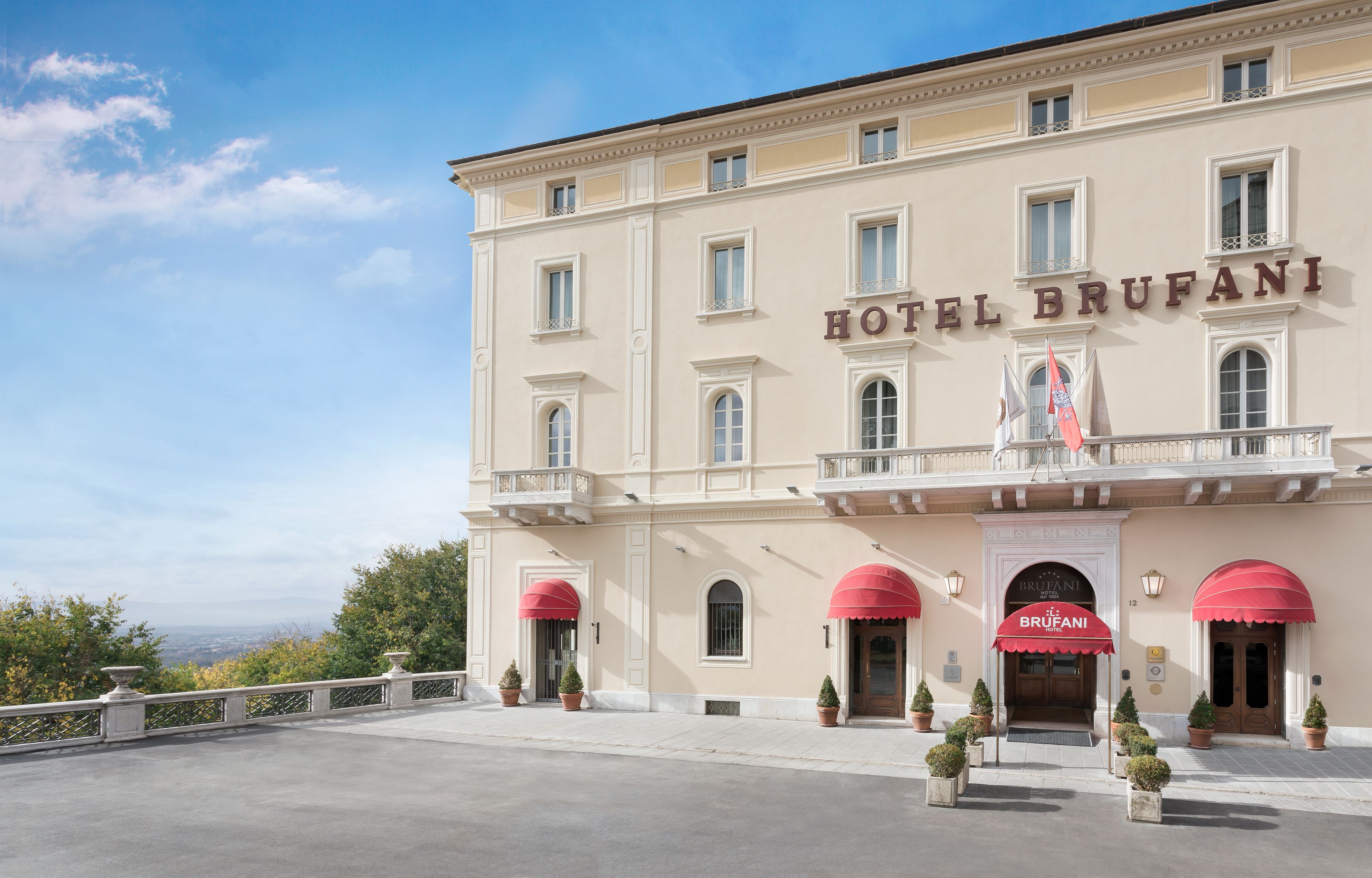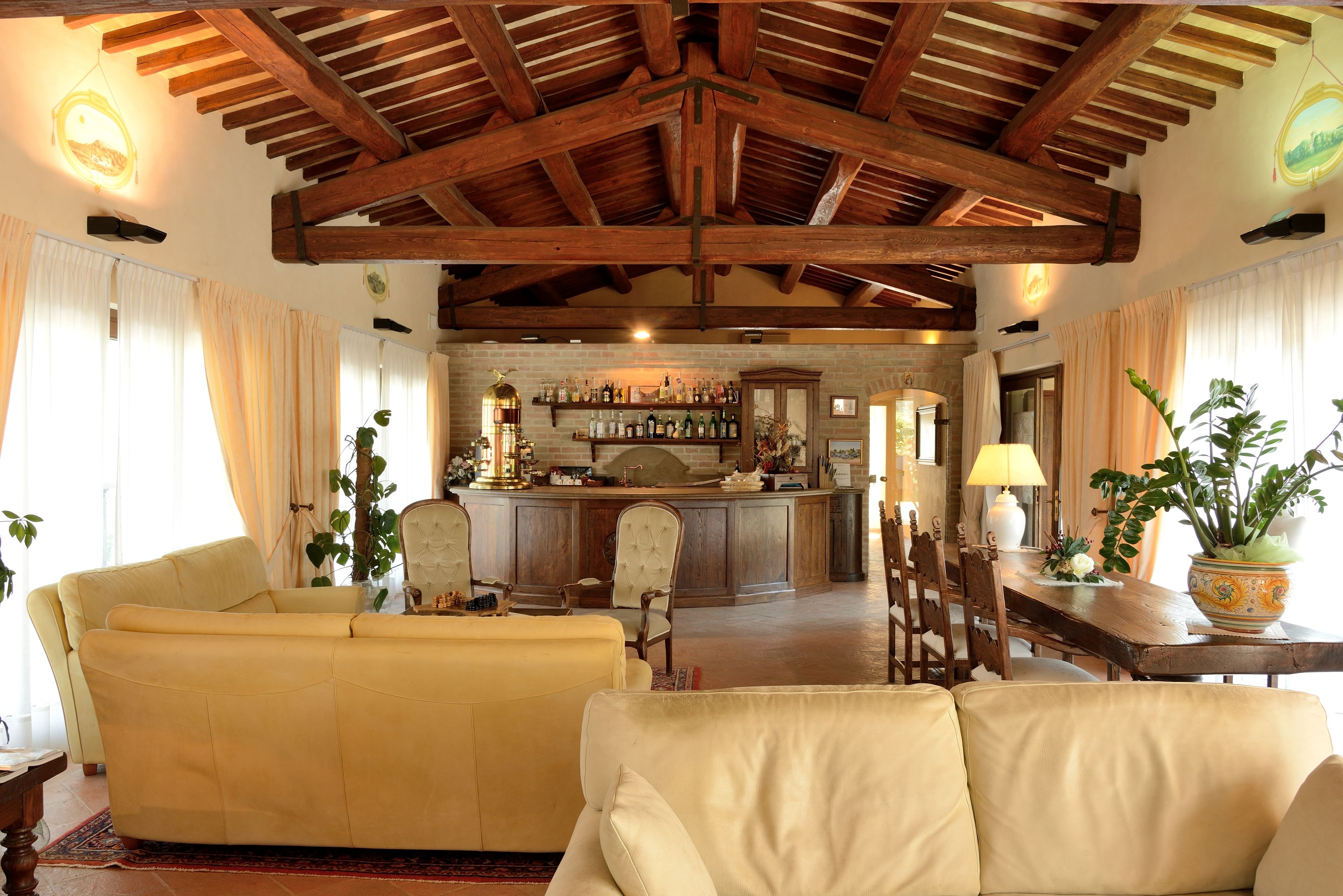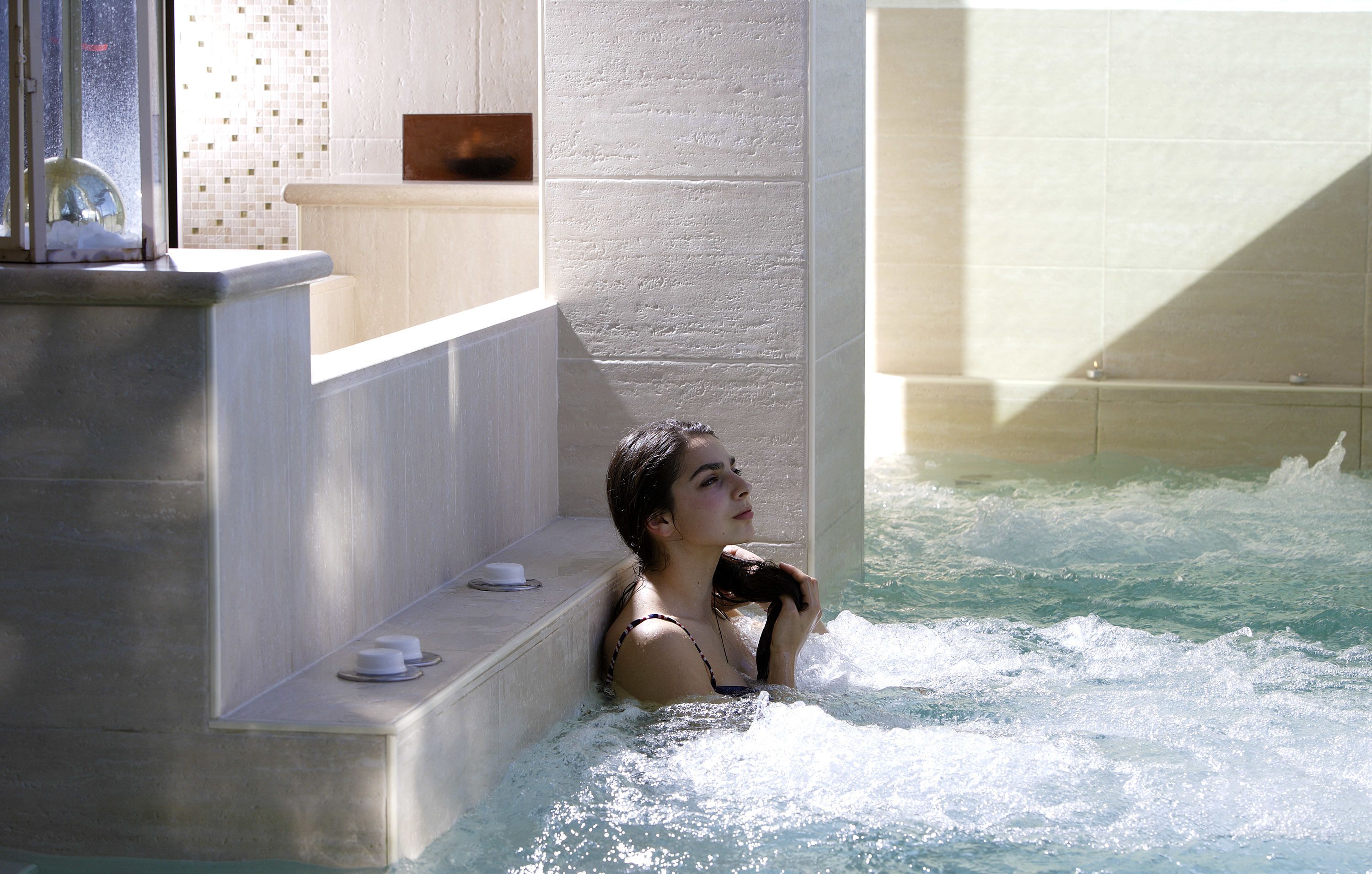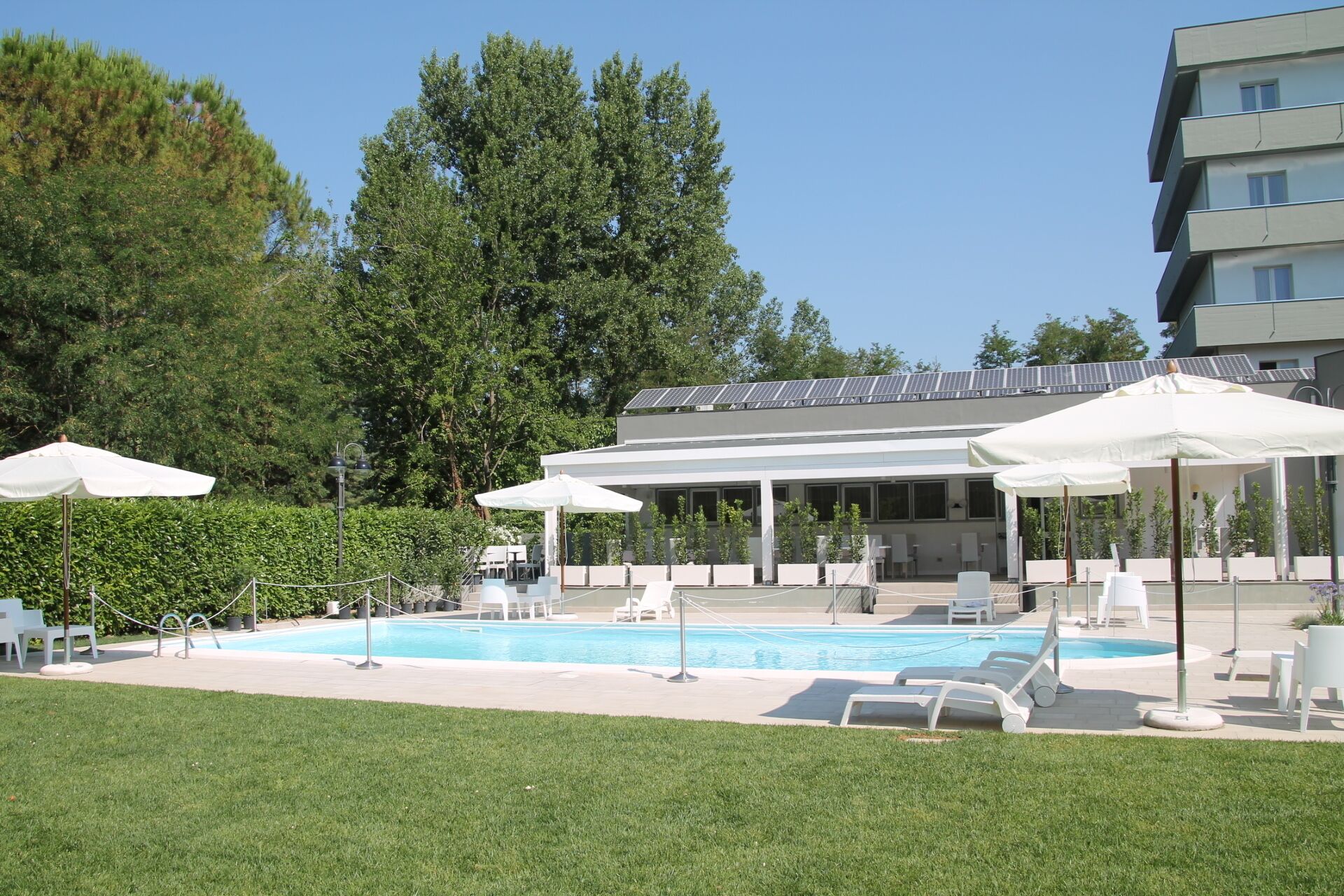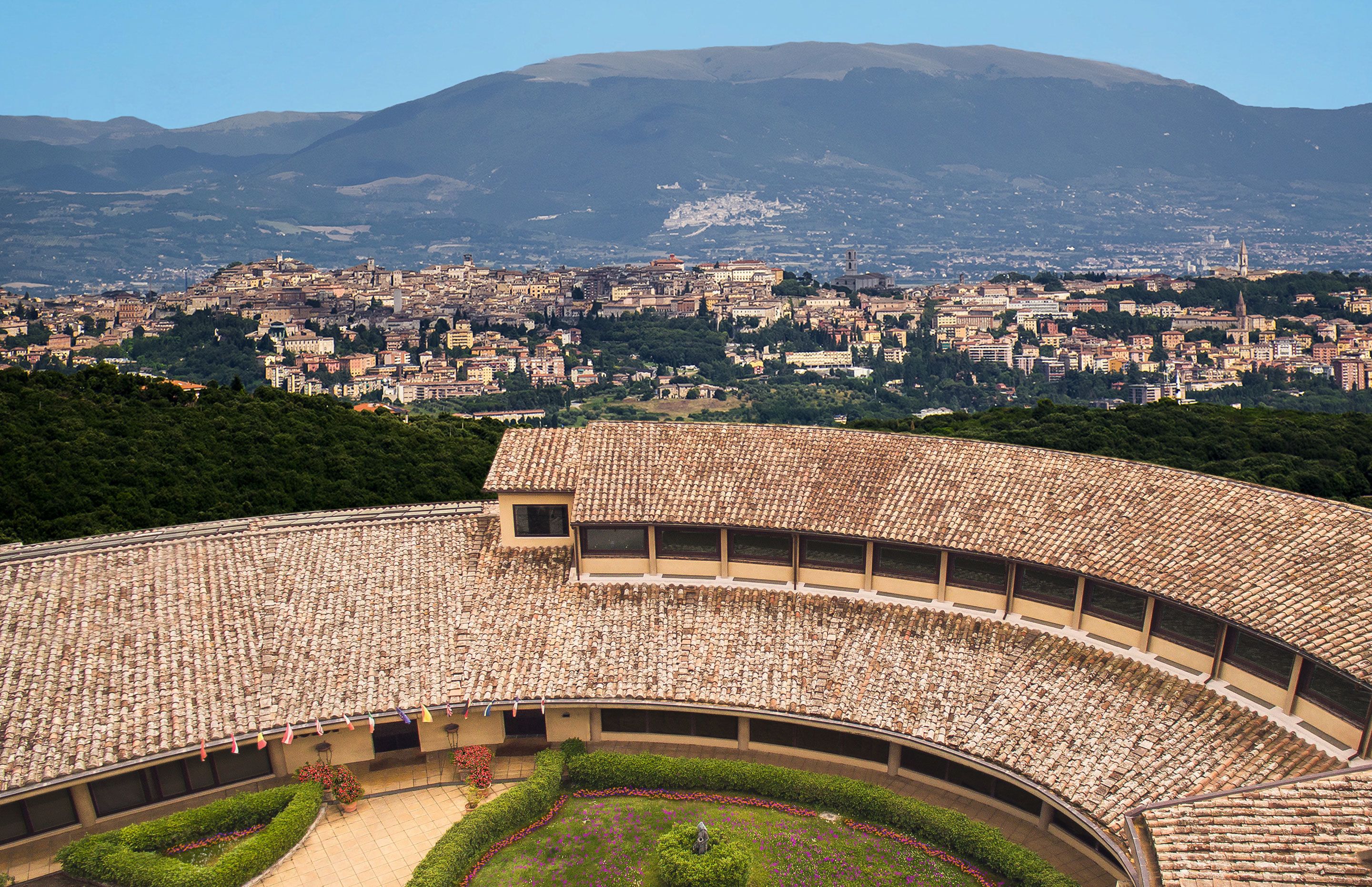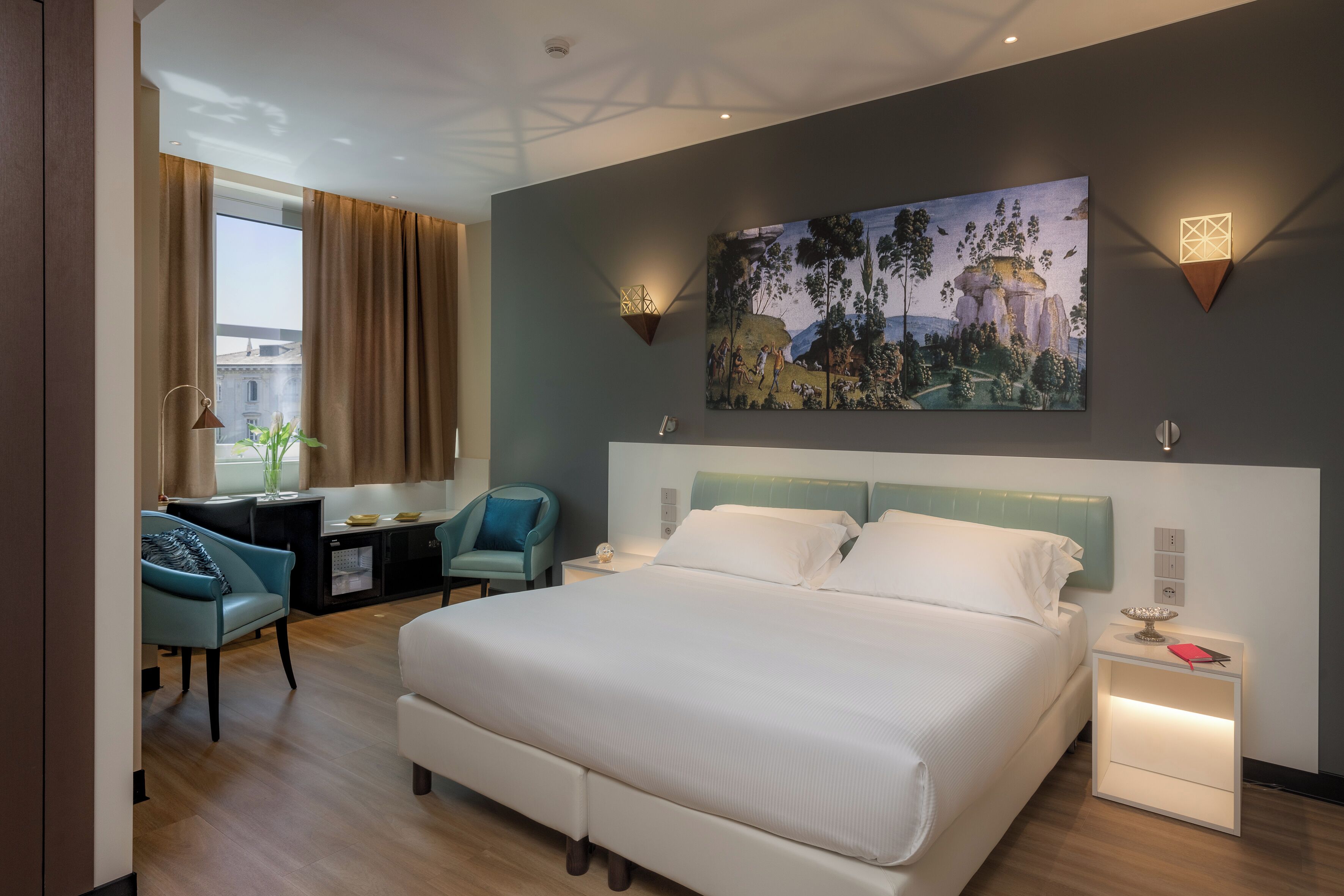Perugia
Perugia, the capital of the Umbria region in central Italy, is a captivating city known for its rich history, stunning architecture, and vibrant cultural scene. Nestled on a hilltop, Perugia offers breathtaking views of the surrounding countryside and a wealth of attractions for visitors to explore. Perugia's blend of history, culture, and gastronomy makes it a must-visit destination in Italy. Whether you're exploring its ancient streets, enjoying a meal at a local restaurant, or taking in the stunning views, Perugia is sure to enchant you.


